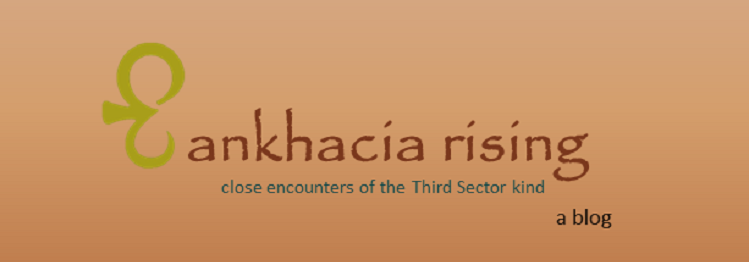Sand, molasses and your development team
/The church I attended on St. Thomas, Virgin Islands, The Cathedral Church of All Saints, is one of the most unique structures on the island as it was built by enslaved Africans in celebration of the abolition of slavery in 1848.
I remember the interior of the stone walls seeming to glisten, almost sparkle like sequins, and wondered if they really did taste like the sand and molasses from which they were made. Though some said they did indeed, I never had the nerve to take a taste for myself.
Beyond the literally sweet irony of sitting within a structure built in celebration of the end of such a dehumanizing and barbaric period in our history, I marveled at the incredible strength, skill, planning and teamwork it took to accomplish such a feat.
Somehow my ancestors had to figure out how to pull the stones from the hills, break them up, transport them and mix together just the right amount of sand and molasses to create a mortar that could hold those stones in place through the test of time, weather and other such assaults, virtually unscathed.
I don’t know how long it took to build, or if there were no, few or many attempts at getting it right but whatever it took, they dedicated themselves to making it happen. This was a labor of love—a mutual love for each other, their shared bond and their people.
While there was no love for humanity afforded them in their past, their legacy of the Cathedral, gifted in perpetuity from a resilient and proud lineage, was their love for humanity to come.
Sand and molasses. Imagine. Simple ingredients combined in the right way made the cement of their day, holding together structures of massive weight and girth. On the earth’s sure footing.
It’s a recipe too, I think, for building a strong resource development team. In my RYB model, my ancestors would be represented by the executive director, board of directors and development director, or the yeomen (Y).
The sand and molasses would be the skills, talents and disposition they bring to their roles. The structures would be the nonprofit organizations they serve, and the sure footing in this case would be the vision, mission, values and culture of philanthropy the organization stands on.
In my eBook, “Fundraising in Primary Colors: The RYB Framework to Nonprofit Sustainability,” I position the yeomen as the mortar between an organization’s stated ideal and its manifested reality.
“Much in the spirit of yeomen this team works in dedicated service to the organization’s stakeholders, taking care to always stay knowledgeable, responsive and proactive in addressing their needs as partners in the organizations’ success. Aware of the weight they bear, they must delicately balance mutual responsibility, power and influence and professional regard in order to attain and maintain relevance and effectiveness.”
These yeomen, with focused and collaborative teamwork, use their combined roles and contributions to cement bonds with their organization’s “philanthropists in the waiting”, otherwise known as donor prospects.
Described briefly, each development team category consists of:
It is commonly said that “People give to people, not causes,” and known that “It’s the relationships, stupid!” that enable giving. In our organizations, we need to be the people we give to first; we need to build the relationships with each other that facilitate giving. In our organizations, philanthropy needs to begin at home.
When we look at the path to philanthropy – connection, cultivation, capacity and contribution – it is paved from a development team that holds its roles and contributions in high regard and with mutual respect. It functions with an eye towards the future, proud to build a legacy not only as regards what it accomplishes with its programs but as regards its accomplishments in its own growth and development as people.
In exhibiting the best of who we are, philanthropy, as a demonstrative love of humanity, is actionable and tangible; quantifiable and visible.
How does your organization demonstrate philanthropy through its yeomen?


